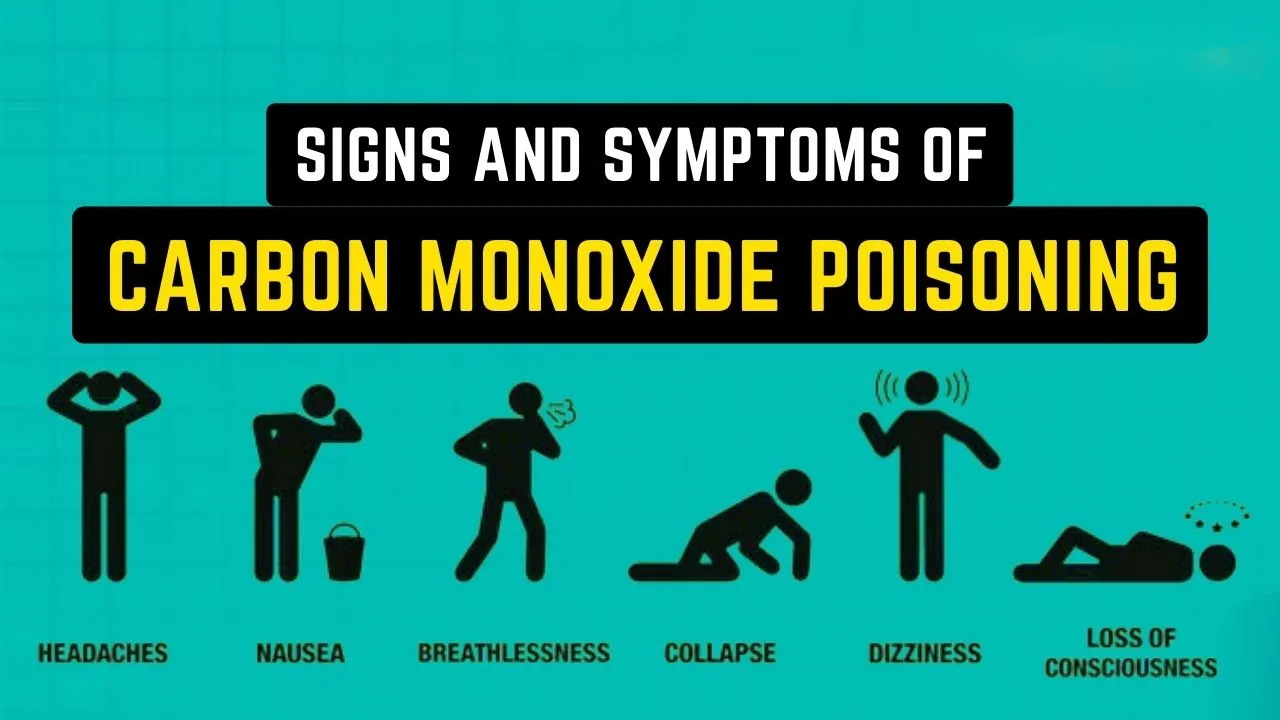Carbon monoxide poisoning is the greatest cause of accidental poisoning deaths in the United States, according to the Journal of the American Medical Association. Carbon monoxide detectors are available, but you must first understand how they function and what limits they have in order to determine whether you need one and, if so, how to utilize it to get the most protection.

CO
What is Carbon Monoxide and How Does It Affect You?
Carbon monoxide is a colorless, odorless, and tasteless gas that is invisible to the naked eye. A single carbon atom is linked to a single oxygen atom in each carbon monoxide molecule. Carbon monoxide is produced when fossil fuels such as wood, kerosene, gasoline, charcoal, propane, natural gas, and oil are burned incompletely. (See more details about carbon monoxide)
Where Can You Find Carbon Monoxide?
Carbon monoxide is prevalent in the air at low amounts. Complete combustion from any flame-fueled (i.e., non-electric) appliance, such as ranges, ovens, clothes dryers, furnaces, fireplaces, barbecues, space heaters, cars, and water heaters, causes it in the home. Carbon monoxide can be produced by furnaces and water heaters, but if they are properly vented, the carbon monoxide will escape to the outside. Carbon monoxide is most commonly produced by open flames, such as those found in ovens and ranges. Carbon monoxide poisoning is most commonly caused by automobiles.
What Are Carbon Monoxide Detectors and How Do They Work?
Carbon monoxide detectors sound an alert when carbon monoxide levels rise over time. A chemical reaction that causes a color change, an electrochemical reaction that produces current to activate an alert, or a semiconductor sensor that alters its electrical resistance in the presence of CO are all possible detectors. The majority of carbon monoxide detectors require a constant power supply, so if the power goes off, the alarm will not work. Models with backup battery power are available. Carbon monoxide can cause injury whether you are exposed to high quantities of carbon monoxide in a short period of time or low levels of carbon monoxide over a long period of time, hence different types of detectors are available depending on how carbon monoxide levels are detected.
What Causes Carbon Monoxide to be So Dangerous?
Carbon monoxide travels from the lungs into the hemoglobin molecules of red blood cells when inhaled. Carbon monoxide forms carboxyhemoglobin when it attaches to hemoglobin at the same place as and preferentially to oxygen. Carboxyhemoglobin prevents red blood cells from transporting oxygen and exchanging gases. As a result, the body runs out of oxygen, which can lead to tissue damage and death. Carbon monoxide poisoning has symptoms that are similar to the flu or a cold, such as shortness of breath with light exercise, mild headaches, and nausea. On light effort, higher levels of poisoning cause dizziness, mental confusion, severe headaches, nausea, and fainting.
Carbon monoxide poisoning can lead to unconsciousness, severe brain damage, and death in the long run. Carbon monoxide detectors are programmed to raise an alarm before carbon monoxide exposure poses a risk to a healthy human. Carbon monoxide sensitivity is higher in babies, children, pregnant women, those with circulatory or respiratory problems, and the elderly than in healthy adults.
Where Should a Carbon Monoxide Detector Be Installed?
Carbon monoxide detectors should be installed on a wall approximately 5 feet above the floor since it is somewhat lighter than air and can be found with warm, rising air. It’s possible to mount the detector on the ceiling. Place the detector away from or above a fireplace or other flame-producing item. Keep pets and youngsters away from the detector. A unique detector is required for each storey. If you only have a single carbon monoxide detector, make sure it’s near your bed and that the alarm is loud enough to wake you up.
What Should I Do If the Alarm Goes Off?
Don’t dismiss the warning! It’s supposed to go off before you start having symptoms. Turn off the alarm and get everyone in the home outside to get some fresh air. Ask if anyone is suffering any of the symptoms of carbon monoxide poisoning. Call 911 if you or someone you know is suffering from carbon monoxide poisoning. If no one is experiencing symptoms, evacuate the premises, locate and eliminate the source of the carbon monoxide before returning inside, and have appliances or chimneys inspected as soon as feasible.
Additional Carbon Monoxide Information and Concerns
Don’t make the mistake of assuming that you require or do not require a CO detector. Also, just because you have a carbon monoxide detector installed does not mean you are safe from carbon monoxide poisoning. Because carbon monoxide detectors are designed to protect healthy individuals, consider the ages and health of family members when evaluating a detector’s performance. Also, keep in mind that many carbon monoxide detectors have a two-year average life duration. Many detectors provide a ‘test’ feature that tests the alarm’s functionality rather than the detector’s state. There are detectors that last longer, signal when they need to be replaced, and have backup power supplies; you should check to see if a certain model offers the characteristics you need. You must examine not only the number and type of carbon monoxide sources, but also the structure of the building when considering whether or not to purchase a carbon monoxide detector. A newer building may have more airtight construction and better insulation, making carbon monoxide accumulation simpler.

Leave A Comment